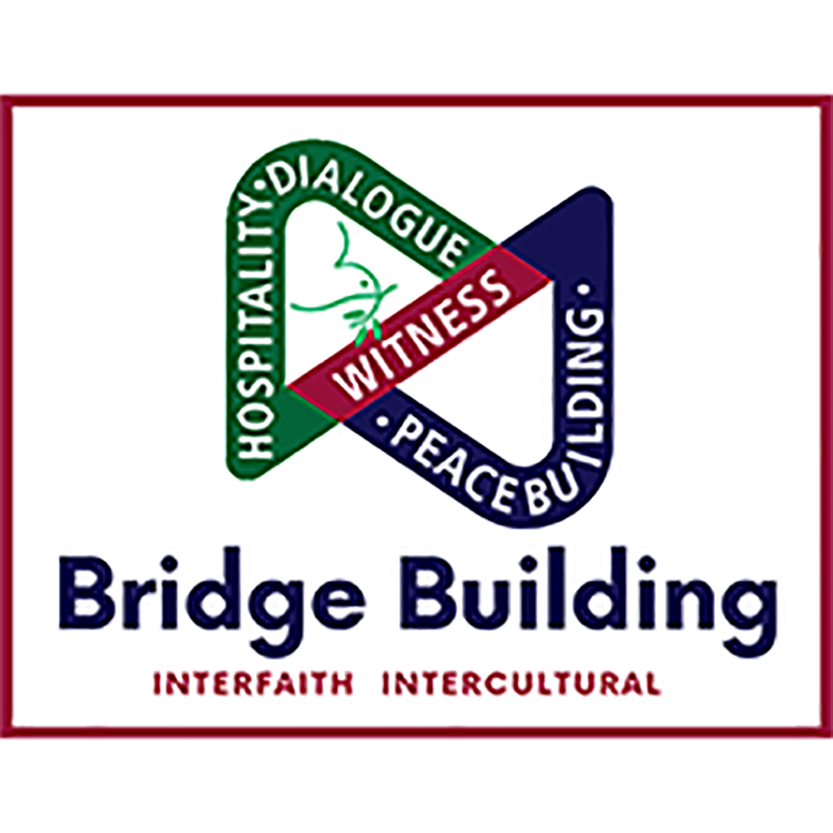
October 11thMinding the Gap: Weaving the Net -- together!
A tool for understanding interculturalism is the iceberg of culture, where the visible, audible, and taste-able aspects of culture are above the water line, and the philosophical, faith-based values aspect of culture are below the waterline. Working below the waterline requires us to nudge and question and showcase, and spotlight things that are not as accessible to experience and understand as dress, food, music and dance. I have three vignettes of how this underwater work happened to me recently – mostly in spite of myself, and not because I had any intention of showcasing and spotlighting anything. In fact, I believe we are called to nudge and question, and see where it all goes from there. Ultimately, the showcasing and spotlighting of cultural difference is not really for me, as an individual, to do. It is for the group to experience and incorporate and reflect on – by the grace of God.
Vignette 1:
As part of my interfaith and intercultural work, I contribute to a coalition of Edmonton agencies that, for years, have come together to organize an event in City Hall to recognize World Refugee Day. In the wake of the Syrian arrivals, which coincided with the Truth and Reconciliation Calls to Action, we realized this event needed to include an Indigenous voice as a partner. In the last few years, we have longed to come together more often, to give opportunity for newcomer refugees and children of refugees and indigenous youth to have a platform to share stories through poetry, art, music, or other forms. We gathered recently to collectively work on a grant application to allow this work to be better funded. As we were wordsmithing together, one member observed that the Indigenous contribution to our vision was weak. Until that point, our Indigenous partner was playing a supportive role, playing a quiet role in the process. My mind went straight to a 2015 (Canada 150) project I was involved in with her and her organization. I remembered that the goal of our collaborations was something along the lines of “right relations.” I suggested we include that language in the grant. The response provoked some intrigue – what does that mean, “right relations?” Our indigenous partner explained that it could be “right relations” or “good relations” and that the Cree word was “Myo Wahkohtowin.” She wondered if we could perhaps use the Cree word in our proposal, which we did.
This story reminded me of how we as Mennonites often reference the Hebrew word “Shalom” as having meaning beyond our translated word “peace.” We are so enriched when we explore other words that hold such deep meaning that can help us all in building good relations.
Vignette 2:
In a recent pastor’s council meeting, one of the participants was sharing about their faith community experiences. They used the words “condolence service” to describe how, in their culture, if someone has experienced a death in their family, the faith community goes to their home and offers a formal service to help them grieve. When it was my turn to share, I used these words to describe one of my early tasks as a newly installed pastor in an intercultural faith community. I was asked to come into a home to offer a short reflection and “prayer of encouragement”. I was so happy to have a name for this – “condolence service.” The pastor who gave me these words, expressed excitement and gratitude that someone else in the circle understood this aspect of their culture. And this connection prompted all in the circle to reflect on how much we can learn from each other when it comes to supporting each other through life experiences.
Vignette 3:
For our Thanksgiving worship service, in my intercultural church community, I invited the older youth to help plan the service. We agreed that we should have lots of short scriptures to include the school-age children. As a new pastor, I am still learning names. As we were assigning names, I finally understood that what I thought were four different children, were really only two. Children from this community have their official first names, which they use in formal settings, and their middle name, which they use in family settings. I learned that in the formal setting of reading scripture I should use their first name, not their familiar middle name. And so I called these children up by name. After the service one long-time congregant commented on how intercultural the service felt. She referenced the music, which drew on multiple musical styles, all learned together by an intercultural music team. But she also referenced the names – how naming each other is so important to feeling connected.
As we work in intercultural and interfaith spaces, when we notice words and names, and when we use these words and names, we are honoring each other in ways that God then uses to strengthen Myo Wahkohtowin --- Good Relations.